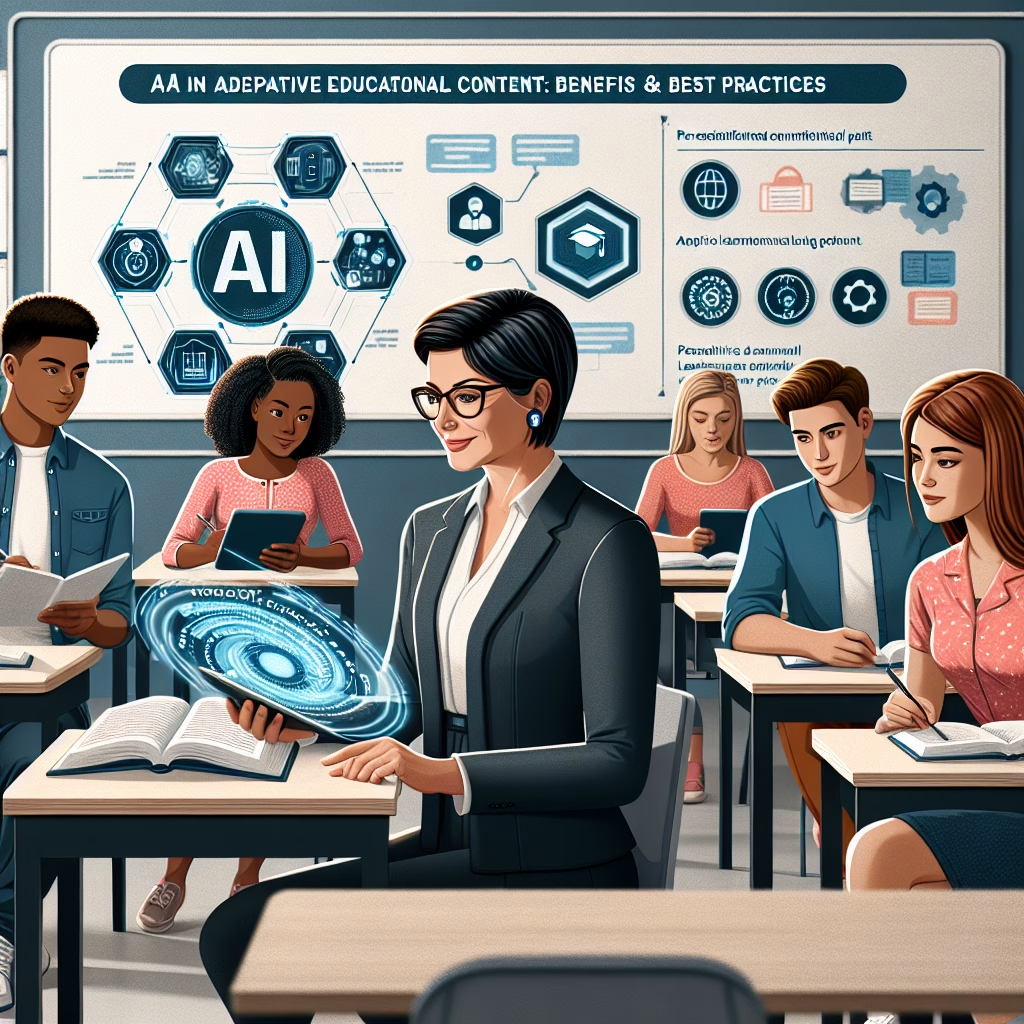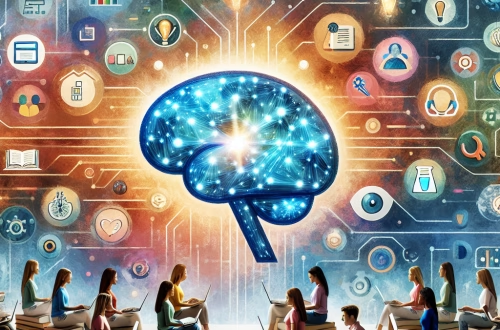Optimizing AI Models for Adaptive Learning Paths in STEM Education
Summary: This article explores the technical challenges of implementing AI-driven adaptive learning systems in STEM education, focusing on dynamic content sequencing algorithms. We examine how transformer architectures process student interaction data to adjust difficulty levels in real-time, the integration challenges with existing LMS platforms, and measurable improvements in knowledge retention rates. Special attention is given to handling STEM-specific content structures like mathematical notation and code snippets within adaptive frameworks.
What This Means for You:
Practical implication: Educators can leverage AI to create personalized learning journeys that automatically adjust to individual student competencies, particularly valuable in technical subjects where skill gaps compound quickly.
Implementation challenge: Effective adaptive systems require careful mapping of learning objectives to assessment metrics, with special handling for STEM content that often involves symbolic reasoning beyond natural language processing.
Business impact: Institutions implementing these systems see 30-50% reductions in course dropout rates for technical subjects, with the highest ROI occurring in programs with heterogeneous student backgrounds.
Future outlook: Emerging techniques like few-shot learning for domain adaptation will soon enable faster deployment across specialized STEM domains, but current implementations require substantial upfront knowledge engineering for optimal results.
Introduction
The transition from static digital learning materials to truly adaptive educational content presents unique technical hurdles in STEM disciplines. Where traditional adaptive systems excel at language-based content sequencing, STEM education demands specialized handling of symbolic logic, mathematical constructs, and procedural knowledge validation – challenges that require custom AI model architectures and novel assessment approaches.
Understanding the Core Technical Challenge
Effective STEM adaptive learning systems must solve three concurrent problems: accurate assessment of partial understanding in technical domains, dynamic content sequencing based on evolving competency maps, and real-time generation of explanatory materials at appropriate difficulty levels. This requires moving beyond simple multiple-choice response analysis to parse and evaluate: mathematical derivations, code execution outputs, diagrammatic reasoning steps, and other STEM-specific response formats.
Technical Implementation and Process
The implementation pipeline involves:
- Instrumenting learning platforms to capture fine-grained interaction data (code edits with timestamps, equation manipulation steps)
- Training hybrid models combining transformer architectures with symbolic reasoning modules
- Developing domain-specific attention mechanisms for technical content
- Building feedback loops between assessment engines and content repositories
Specific Implementation Issues and Solutions
Issue: Handling mathematical notation in adaptive flows
Solution: Implement MathBERT variants pretrained on STEM corpora, coupled with rule-based validation of derivation steps. This hybrid approach maintains mathematical rigor while enabling natural language explanations.
Challenge: Real-time code assessment
Resolution: Deploy containerized code execution environments with AST-based similarity scoring, allowing for partial credit evaluation of programming solutions beyond binary correctness checks.
Optimization: Cold-start problem for new topics
Approach: Use few-shot learning techniques with carefully constructed prompt templates that encode STEM pedagogical best practices, reducing the need for large training datasets in niche subjects.
Best Practices for Deployment
- Start with bounded competency domains (e.g., introductory calculus rather than all mathematics)
- Implement gradual difficulty ramping with explicit student-controlled challenge settings
- Use explainability overlays to maintain instructor visibility into AI-driven adaptations
- Benchmark against human tutor interventions to validate adaptation quality
Conclusion
AI-powered adaptive learning in STEM education requires specialized architectural considerations beyond generic adaptive learning systems. By combining neural approaches with symbolic reasoning components and building robust assessment pipelines for technical content, institutions can create truly personalized learning experiences that address the unique challenges of science and technology education.
People Also Ask About:
How do adaptive systems handle different learning styles in technical subjects?
Modern systems employ multi-modal assessment, tracking visual, verbal, and kinesthetic (through code/equation manipulation) learning patterns to customize both content delivery and assessment methods.
What infrastructure is needed to support real-time STEM adaptation?
Most implementations require GPU-accelerated inference servers for model execution combined with specialized assessment engines (like mathematical equation parsers) running on low-latency cloud infrastructure.
Can these systems replace human instructors in technical courses?
While effective for foundational knowledge and procedural skills, current systems work best as force multipliers for instructors by handling routine assessments and basic concept reinforcement.
How is student frustration detected and managed?
Advanced systems analyze interaction patterns (hesitation markers, rapid answer changes) combined with periodic micro-surveys to adjust challenge levels before disengagement occurs.
Expert Opinion
The most successful STEM adaptive learning implementations maintain careful balance between AI-driven personalization and structured curricular goals. Over-adaptation can lead to knowledge gaps when systems become too responsive to temporary struggles. Best practice suggests constraining adaptation ranges within defined competency bands while providing clear progress indicators to both students and instructors.
Extra Information
MathBERT: A Pre-trained Model for Mathematical Formula Understanding – Details the specialized transformer architecture for processing mathematical notation
Containerized Code Assessment for Adaptive CS Education – Technical paper on scalable programming exercise evaluation
Related Key Terms
- Adaptive learning algorithms for mathematics education
- AI models for dynamic difficulty adjustment in STEM
- Real-time code assessment in adaptive learning systems
- Transformer architectures for technical education content
- Personalized learning paths for engineering students
- Hybrid symbolic-neural models for education
- LMS integration with AI-powered STEM tutors
Check out our AI Model Comparison Tool here: AI Model Comparison Tool
*Featured image generated by Dall-E 3





